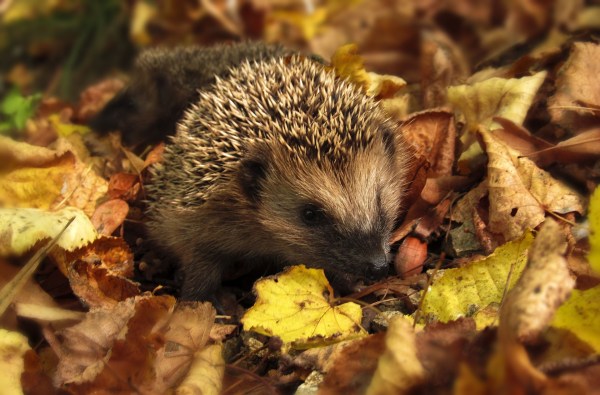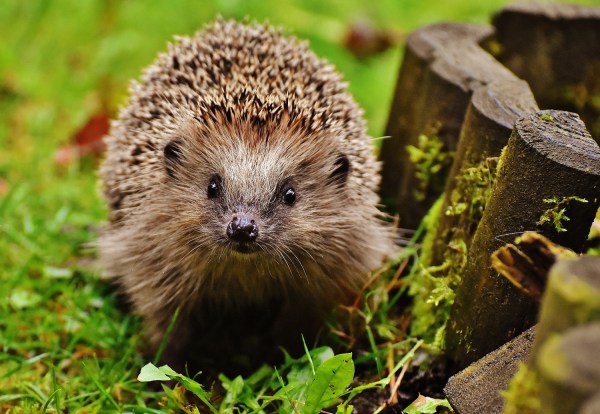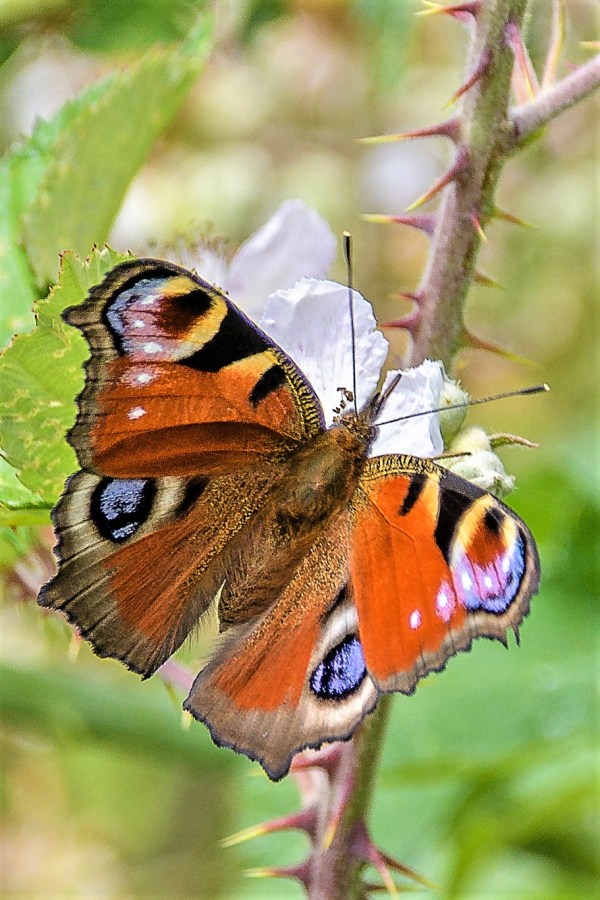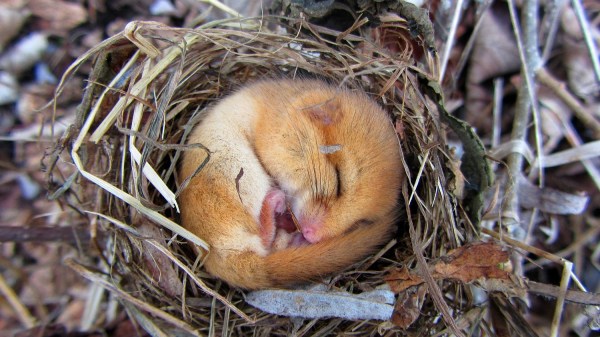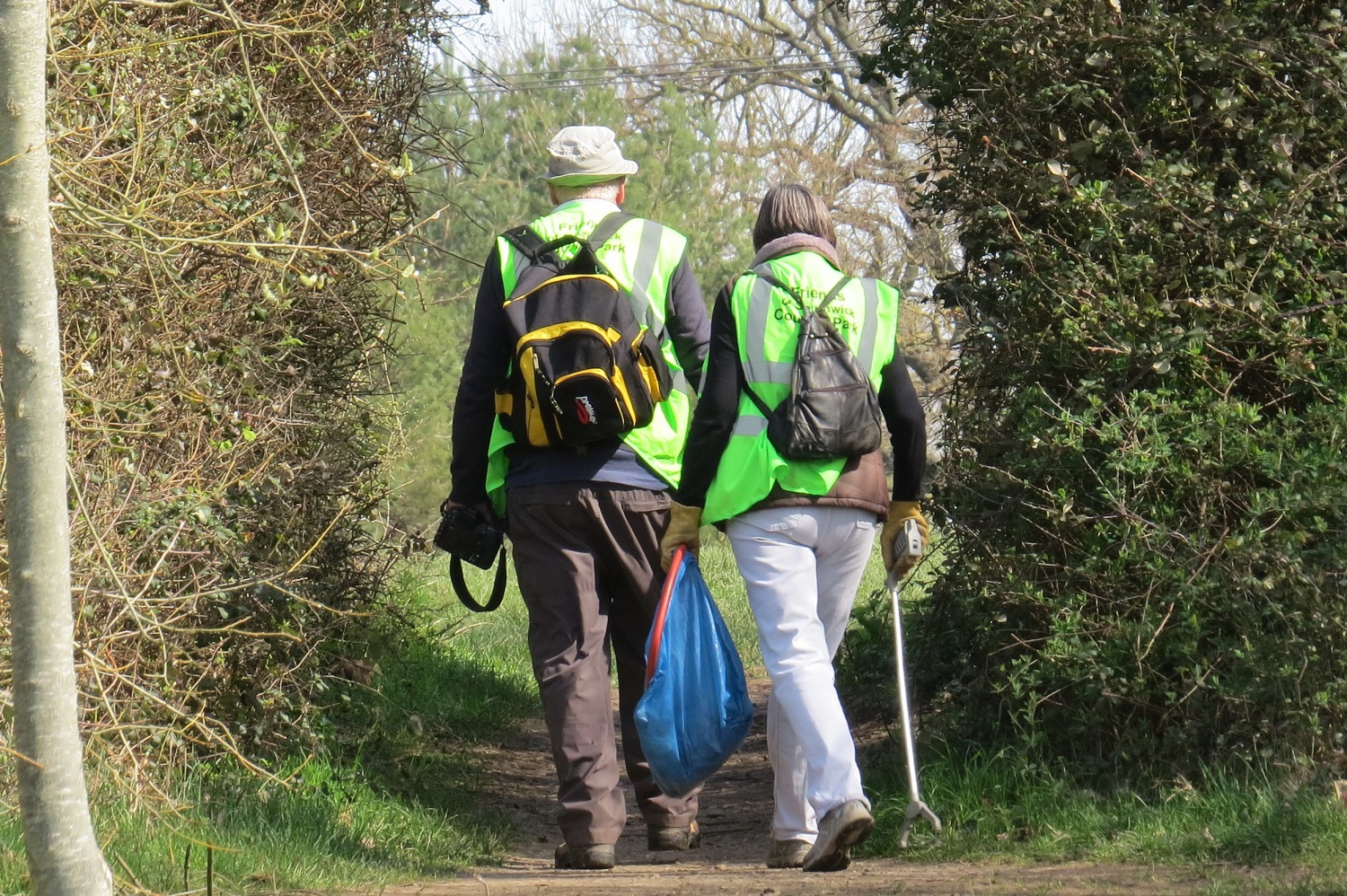At this time of year, our peacock butterflies are leaving their hibernation sites to feed among the reserve’s spring flowers: welcome flashes of colour in all this rain.
Continue reading “Peacock butterflies”Ten Facts…
…about hedgehogs
ONE: the BBC’s Gardeners’ World Magazine, which surveys its many readers annually, has just announced that urban hedgehog numbers appear to be rising. Excellent!
Continue reading “Ten Facts…”Terminology
At this time of year, writing about the reserve’s inhabitants, we use the words overwinter, hibernation, and diapause a lot. It’s easy to assume that they are interchangeable terms but that is not so: let’s take a closer look.
Continue reading “Terminology”Coccinella septempunctata
Coccinella septempunctata is the rather grand scientific name of the most common of our native ladybirds, the seven spot.
Continue readingA squirrel factoid
Grey squirrels can’t hibernate; their metabolism won’t let them put on enough weight to sleep through the winter.
Continue readingIs a hibernating bat safe?
Underground bat hibernation sites, called hibernacula, can attract predators. Finding signs of predation among the bats overwintering in twelve World War II bunkers in Zuid-Holland in The Netherlands, researchers set up trail cameras to identify the culprits.
Continue readingMost UK butterflies spend the winter as caterpillars or pupae but there are five species that overwinter in their adult form: brimstone, comma, peacock, small tortoiseshell and red admiral, all of them present in the reserve.




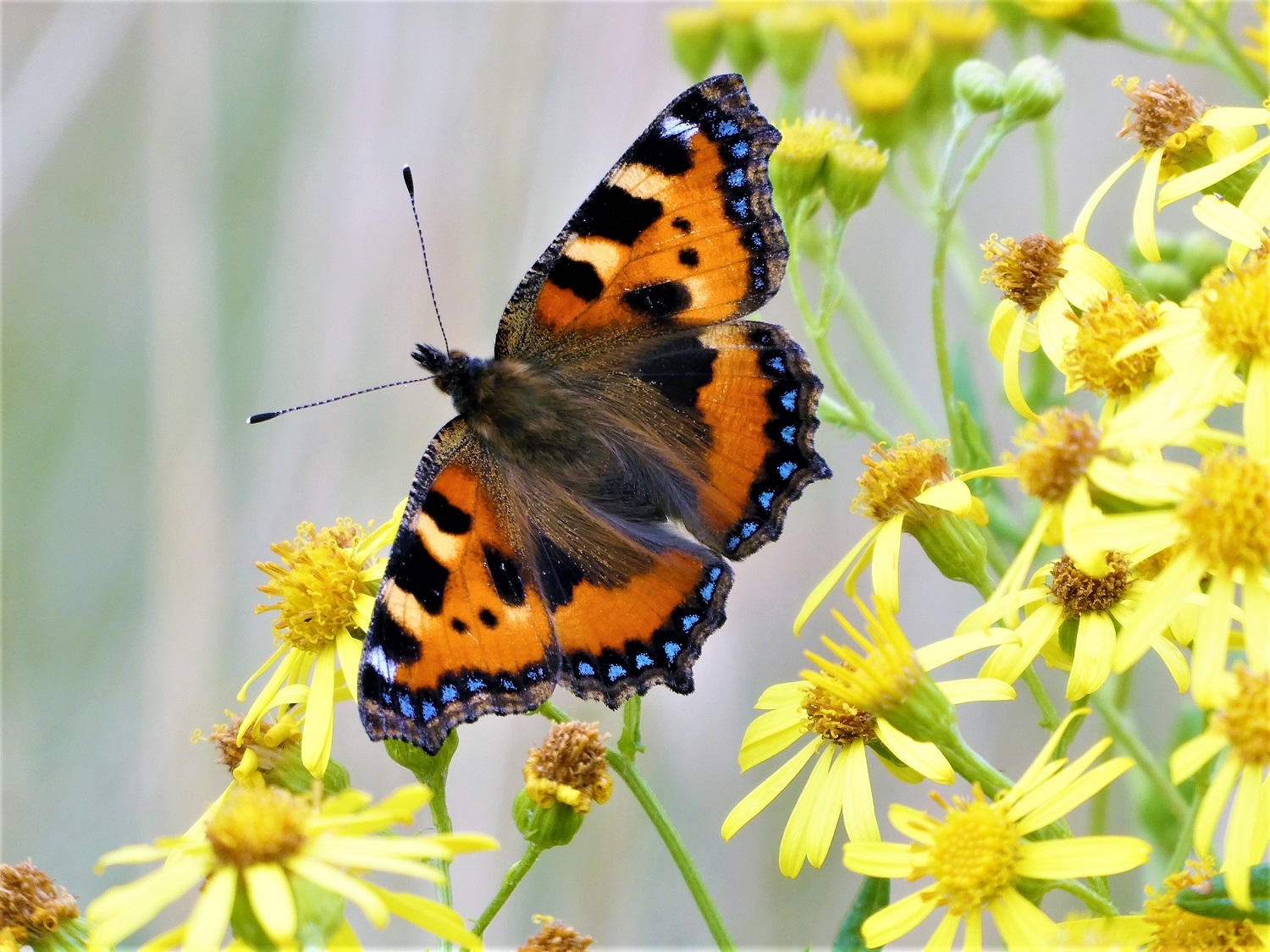
All these photographs were taken in the reserve.

Butterfly rescue
At this time of year, if you find a butterfly fluttering on the inside of your window, it will probably be either a peacock (Aglais io) or a small tortoiseshell (Aglais urticae). It will have come in during the autumn looking for a cool, dark and sheltered place to overwinter and the gap behind the wardrobe in your bedroom must have seemed just right.
Continue reading “Butterfly rescue”Hibernating mammals
Of all the mammals on our species list, only the bats and hedgehogs truly hibernate. We have found the tiniest piece of evidence that there might be dormice in the reserve; if so, that would be a third hibernating species.
Continue reading “Hibernating mammals”A common frog photographed in the woods alongside the Lambrok.
Continue readingHibernation
The nighttime temperature is dropping and soon we will see the first frosts. The reserve’s invertebrates are preparing for hibernation.
Continue readingHornet queen
A hornet, drinking at the Iris Pond, photographed by Clive Knight. Ian Bushell, our entomologist, has identified it as a queen.
Continue readingWinter Garden: 1
It’s September: time to think about helping your garden’s wildlife through the rigours of the coming winter. This is the first in a series of posts that we hope might help.
Continue reading “Winter Garden: 1”Hibernating mammals
Of all the mammals on our species list, only the bats and hedgehogs truly hibernate. We have found the tiniest piece of evidence that there might be dormice in the park, if so, that would be a third hibernating species.
Continue reading “Hibernating mammals”Hibernation
The temperature is dropping and we have already seen the first frosts. The reserve’s invertebrates are preparing for hibernation.
Continue readingA common frog photographed by Liz yesterday in the woods alongside the Lambrok.
Continue readingDormouse hibernation
Over the years, we have seen just the faintest of signs that there are dormice somewhere in the park. We have worked to make the hazel copses in Cornfield and Simpson’s Field good dormouse habitat and every year we hope to add them to our species list. At this time of year they will be deep in hibernation.
Continue reading “Dormouse hibernation”A squirrel factoid
Grey squirrels can’t hibernate; their metabolism won’t let them put on enough weight to sleep through the winter.
Continue readingHibernation
The nighttime temperature is dropping and soon we will see the first frosts. The reserve’s invertebrates are preparing for hibernation.
Continue readingReport from a park user yesterday:
I saw two butterflies in Sleepers Field this morning – a brimstone and a peacock.
Continue readingA squirrel factoid
Unlike the dormice of yesterday’s post, grey squirrels can’t hibernate; their metabolism won’t let them put on enough weight to sleep through the winter.
Continue reading “A squirrel factoid”Dormouse hibernation
We have seen signs that there are dormice somewhere in the park. At this time of year they will be deep in hibernation.
Continue reading “Dormouse hibernation”Hibernation
The temperature is dropping and we have already seen the first frosts. The park’s invertebrates are preparing for hibernation.
Continue reading
